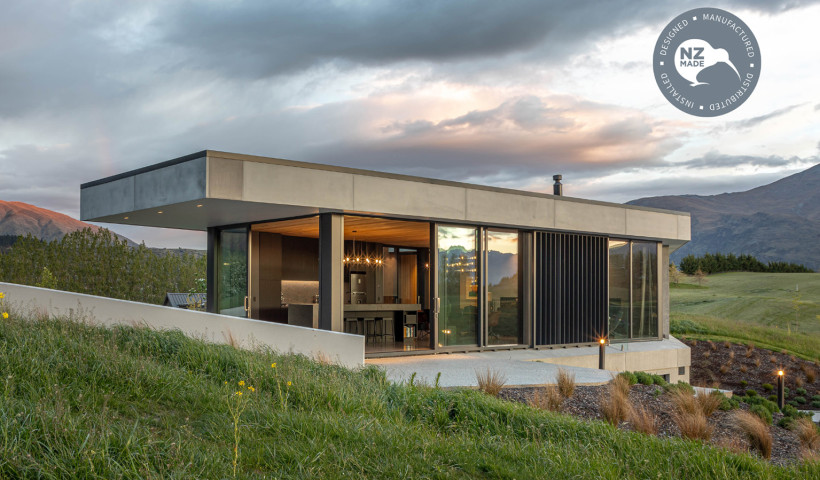
Two new Wellington towers built side by side in a coordinated development by Argosy Property Ltd have seen the largest use of the APL thermally improved Structural Glaze curtain wall so far undertaken in New Zealand.
The use of this special variant of the 165mm Structural Glaze system, which is 30-40% more thermally efficient than the non-thermally improved equivalent, was a key factor in architects, Architecture +, achieving a 6-Greenstar rating for both buildings.
Project architect, Kirsty Chamberlain, said that both Argosy and the tenant, Stats NZ: Tatauranga Aotearoa, were keen for the highest Greenstar rating for the two 11-storey buildings, which adjoin each other at 8 Willis St and Stewart Dawson’s corner. The buildings are interconnected with a trafficable seismic joint that allows both towers to move independently of each other during a seismic event.
A desired design objective was that each tower should look quite different, said Kirsty, and this involved close liaison with Vantage brand window manufacturer, Wight Aluminium, at design stage. The Willis St tower saw special aluminium profiles in the thermally improved system purpose-designed to allow alternating, recessed panels for a stepped visual appearance, in contrast to the monolithic, sharp-edge façade of the second tower behind.
This departure from flat-face aesthetics on the Willis St frontage, was designed to create extra visual interest and allowed the recessed panels to be multi-tasked for a different purpose at the lower levels of the building. Here, decorative aluminium grilles in a variety of patterns and anodised in Light Bronze (as with the rest of the window profiles), were inserted in the recessed spaces during on-site installation. Further visual interest on the building’s exterior was created by a set of anodised, fixed aluminium louvres in a bank 20m wide on the top floor (north elevation) where building occupants have a high-stud break-out space with expansive views. The horizontal louvres act as a sunscreen and are fixed to brackets through the two-piece window mullions.
The tower behind has a cleaner look in darker hues, with the thermally improved profiles anodised in Dark Bronze (25 microns). Kirsty Chamberlain said that a sharp-edge look was sought for this building with detailing that appeared to take glass to the corners and roof line. The design signature for the façade were diagonal aluminium fins (88mm wide) at all levels on the exterior for decorative purposes. These were fixed directly to diagonal APL 168mm transoms on the inside.
The glazing used in both buildings were IGU’s incorporating solar control glass, warm-edge spacers and Argon gas. Thicknesses ranged between 28mm-32mm.
The builder was McKee Fehl Constructors.













 New Products
New Products









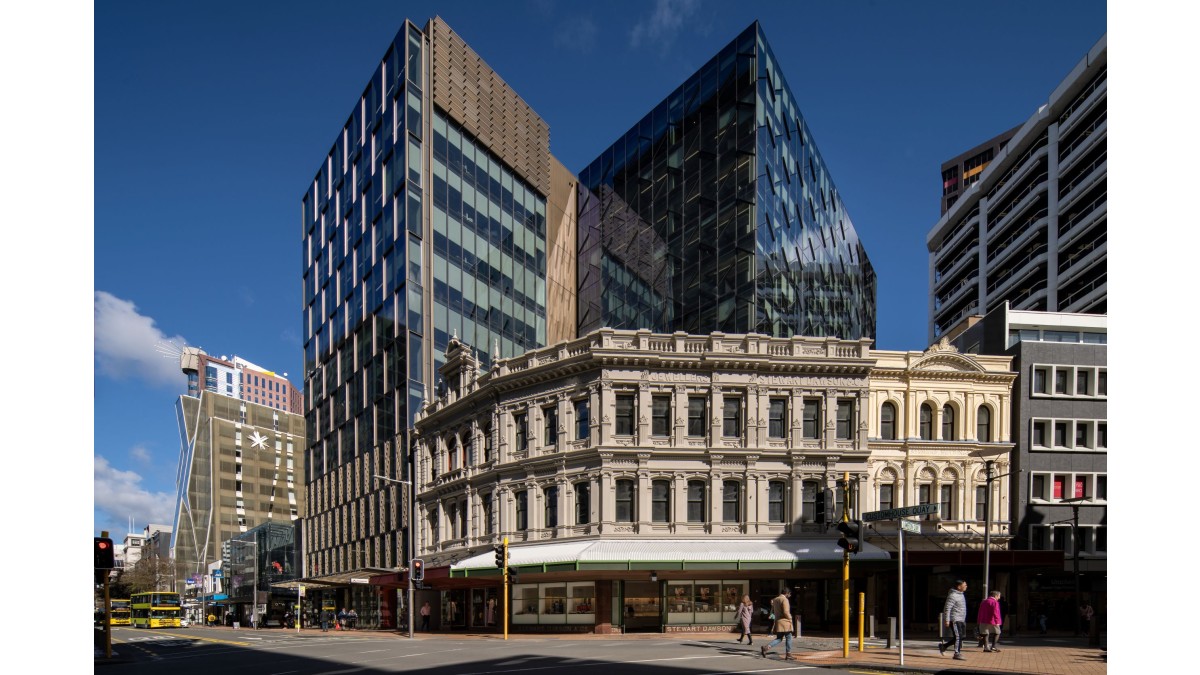
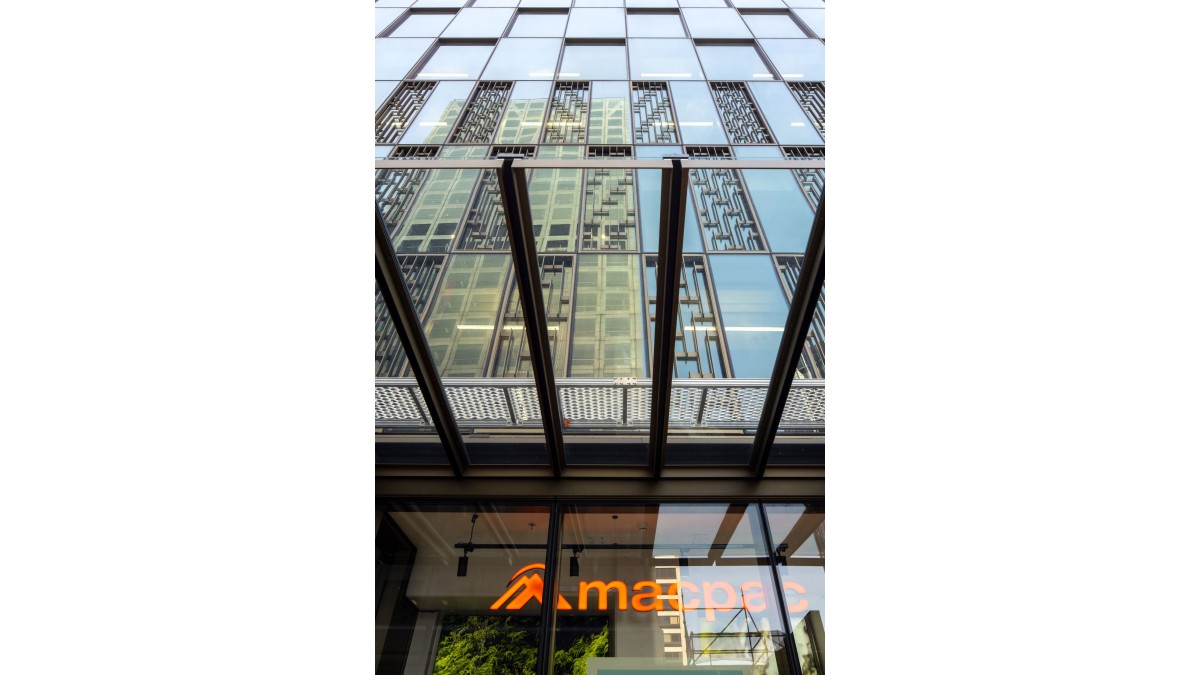
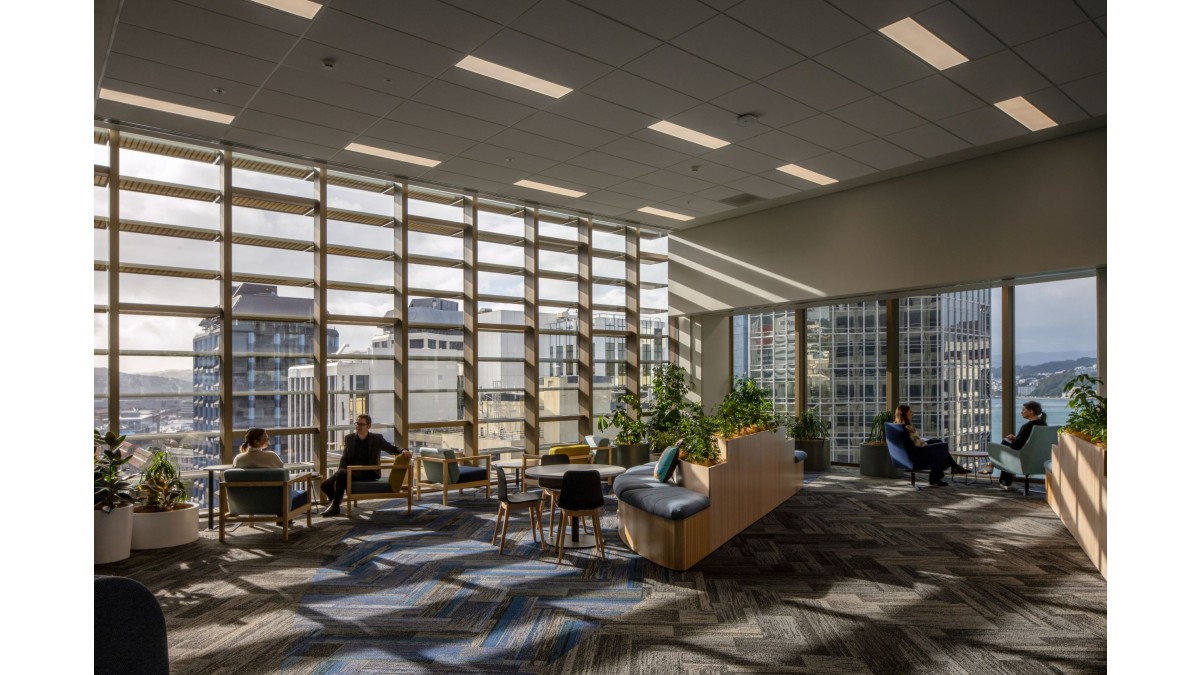
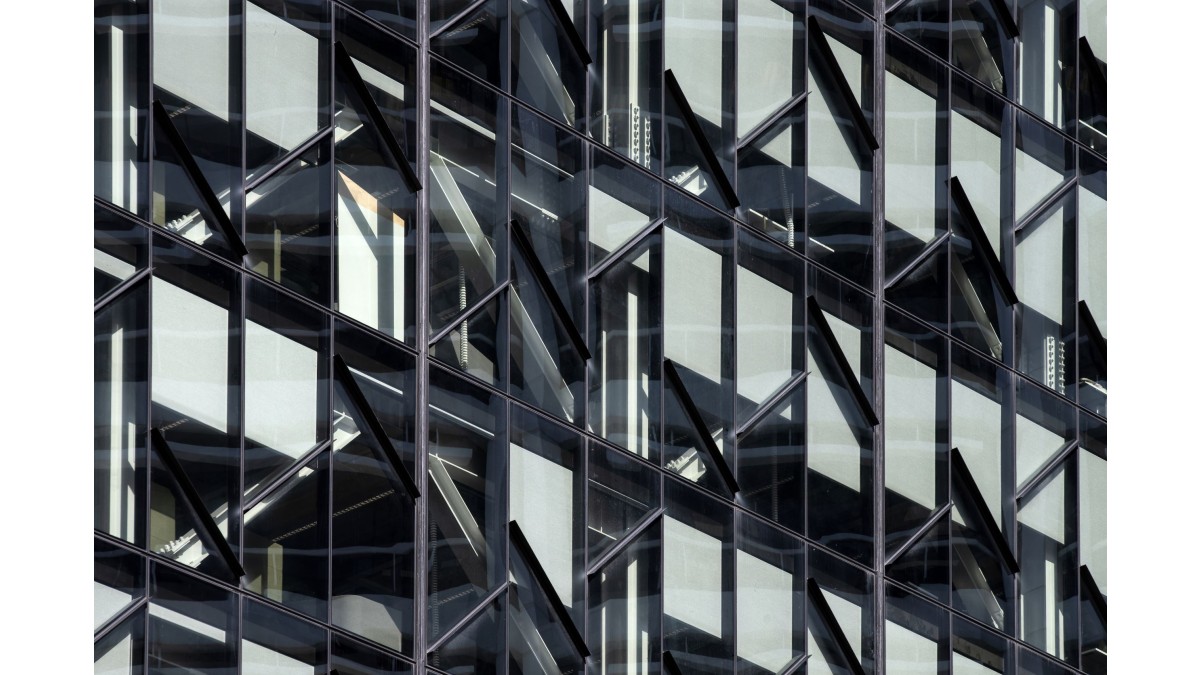


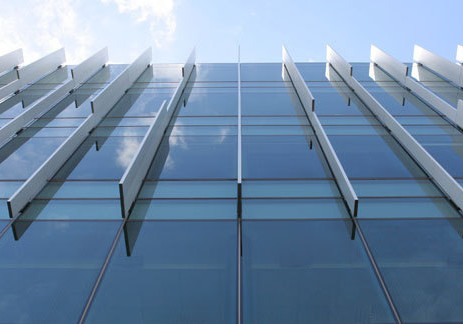

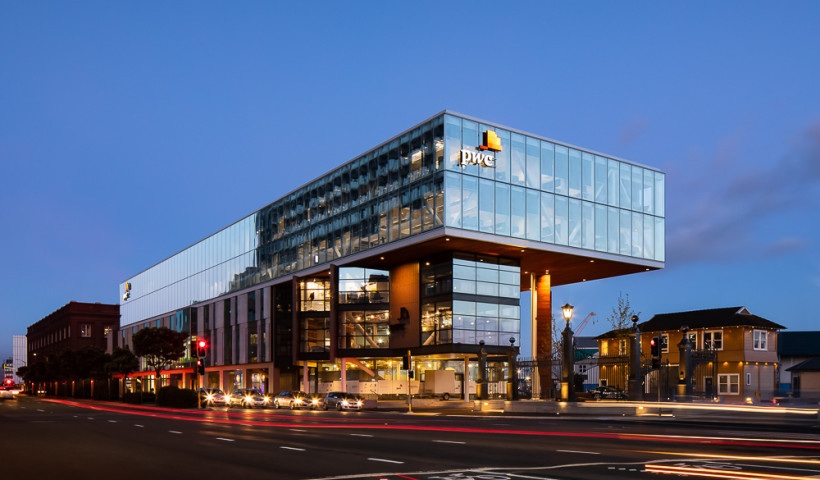
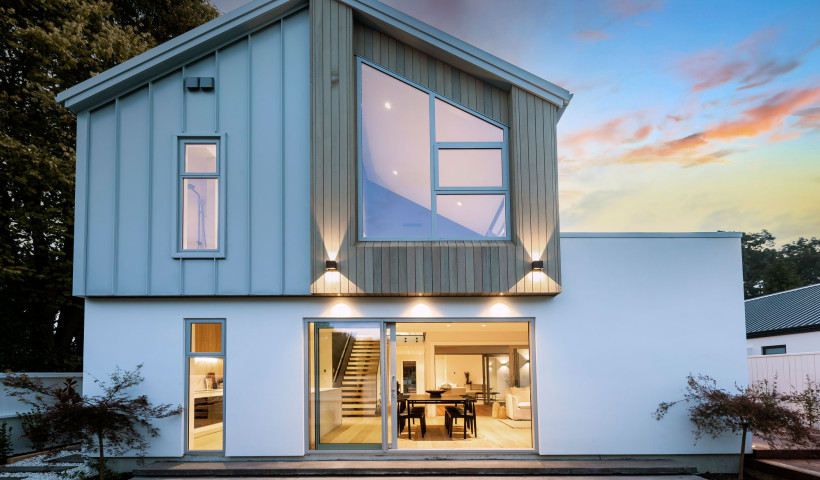
 Popular Products from VANTAGE Windows & Doors
Popular Products from VANTAGE Windows & Doors


 Most Popular
Most Popular

 Popular Blog Posts
Popular Blog Posts
